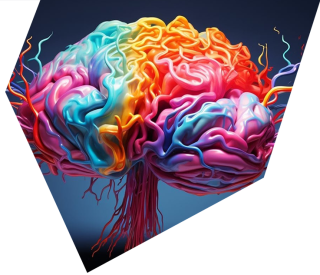
-
What We Do
-
How We Think
-
Our People
-
Our Offices
-
About Us
-
Get In Touch

Did you know that a thorough training needs analysis can make or break a successful workforce transformation. Making too many assumptions about what people know, what they can do, or how they prefer to learn can mean disaster for your project. While we often over-use the phrase "one shoe size doesn't fit all", the message it conveys is important. Prioritising a training needs analysis as part of your change management planning will help ensure your people have the knowledge to actively engage with your workplace change.
Few of us will start out on a holiday without an idea of where we are going or the best route and method of getting there. If your goal was to have a fun and engaging holiday, people rarely just jump in the car and start driving randomly. There's a lot to think about before you even begin such as your starting point.
Knowing this, you then need to consider your destination. If your goal was to have a fun and engaging holiday, you need to consider what that involves - perhaps your fellow travelers have different ideas about what that involves? "Fun" can mean different things to different people.
There also may be external influences on where you can travel such as boarder closures, equipment requirements (such as skis, snowsuits, lift passes, etc.), time constraints (are you limited by school holidays?), and even seasonal considerations (it's difficult to ski in summer).
Once you have this sorted, you next would consider all the different options possible to make the holiday happen, ideally within budget!
There is a lot to think about...
Conducting a Training Needs Analysis is like planning a holiday...
The purpose of a Training Need Analysis is to identify the gap between the current capability level of a group of people and the desired future state; and to then present a pathway forward. The analysis process itself features several components. These include:
Understanding why your Training Needs Analysis is being conducted will help you plan your approach, including who you need to engage with and what desk-top research to conduct. Examples of organisational changes that may spark a Training Needs Analysis include:
The output of a Training Needs Analysis is a report which should clearly articulate where the organisation's performance needs to be and how best to get there. However, one shoe doesn't fit all, and this is the same when it comes to defining performance.
Effective Training Needs Analysis should incorporate alternative learning pathways to factor int he different stages of experience and growth. Depending on the nature and scope of the analysis, these stages can be framed in different ways, such as:
Effective TNA should also provide multiple solutions to address a performance gap. This is particularly important in large organisations to allow for the diversity of roles, operational context and the learners themselves.
Finally, the outputs of a well-researched, future focused Training Needs Analysis that engages with all levels of an organisation, including its executive, managers, and individual staff, should support that organisation to achieve its strategic human capital goals.
When preparing to conduct a Training Needs Analysis, there are several considerations:
Synergy Group's Program Design & Delivery team has extensive experience conducting Training Needs Analysis within government organisations. Whether it be within a specific team or business unit, branch or an organisation-wide function, we will partner with you to conduct an inclusive, future-focused Training Needs Analysis to support your organisation's strategic goals.



